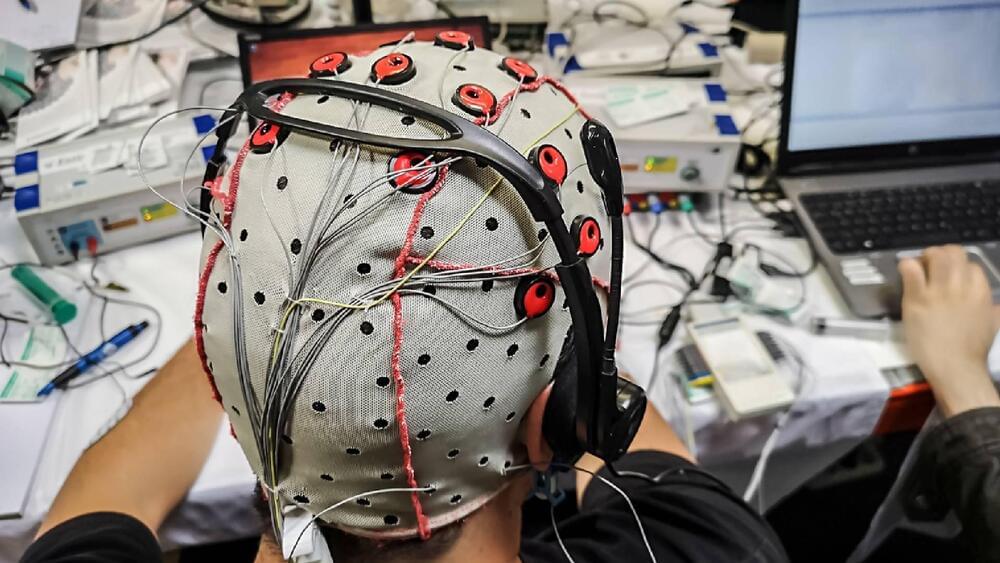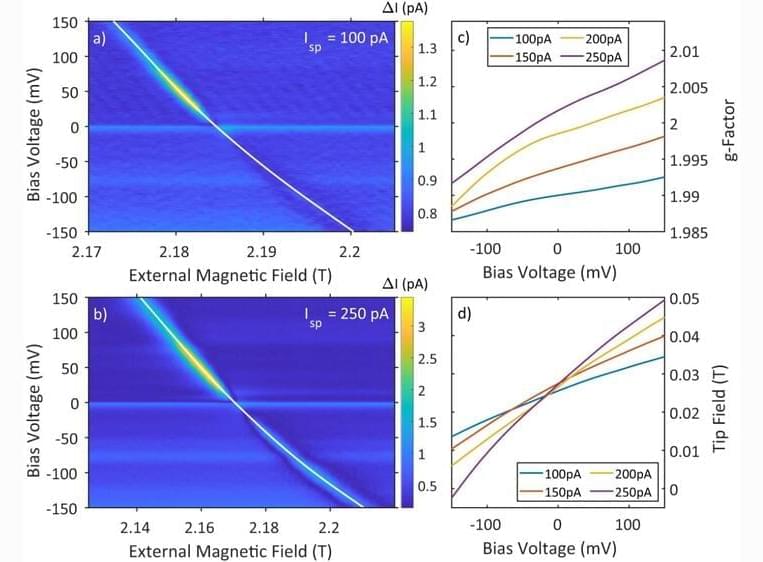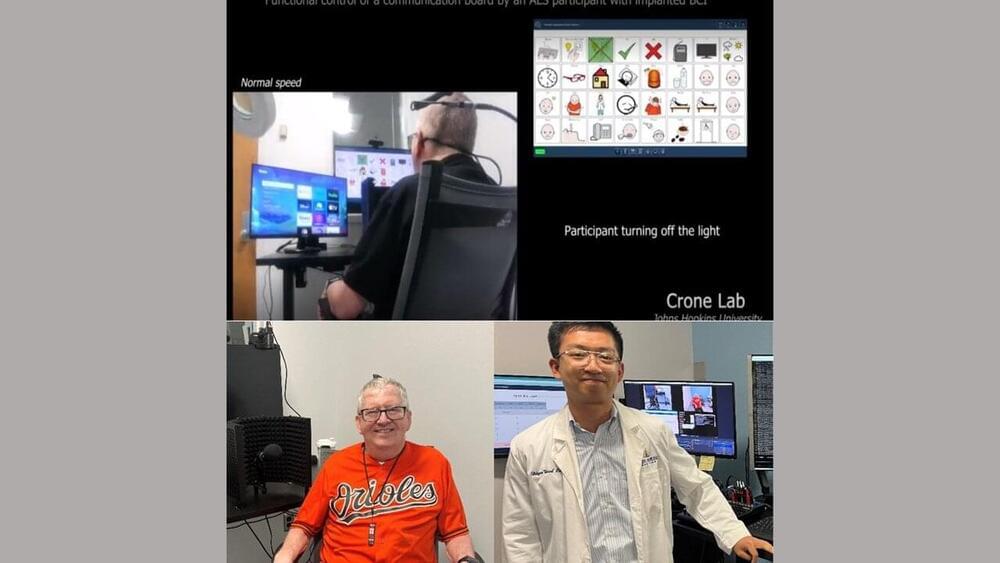Oct 28, 2023
Slow-moving quasiparticles make the fastest semiconductor in the world
Posted by Gemechu Taye in categories: chemistry, computing, mobile phones, transportation
It could improve limits on information transfer speed but is made of a super expensive ingredient that might make it financially infeasible.
Researchers at Columbia University in the US have developed the fastest and most efficient superconductor that works at room temperature, a press release said. The superconductor is made of superatomic material only known by its chemical formula, Re6Se8Cl2.
In a short span of time, silicon has become an integral part of most modern-day equipment ranging from cell phones to cars, computers to smart homes. However, scientists have found that silicon will soon reach its limits. This is because of the atomic structure of the semiconductor.
















